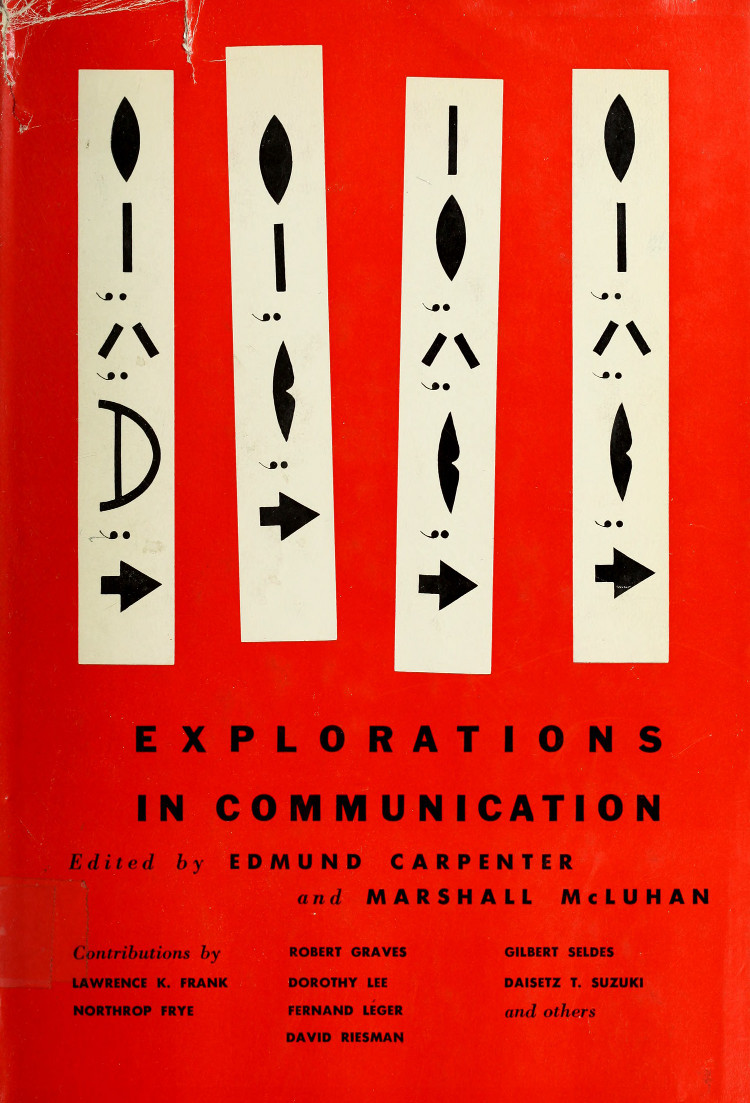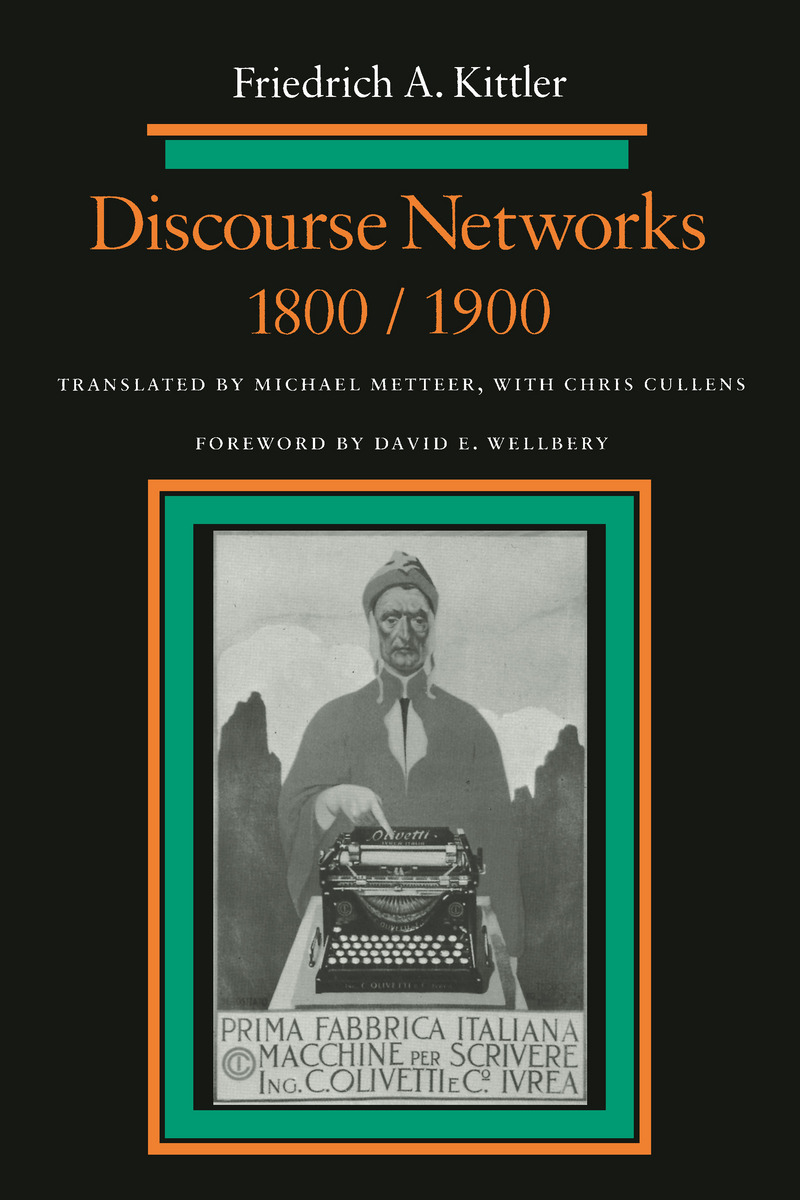Joseph Needham, et al.: Science and Civilisation in China, 7 vols. (1954–2008)
Filed under book | Tags: · acoustics, agriculture, alchemy, astronomy, biology, botany, cartography, ceramics, chemistry, china, electricity, engineering, food, geography, history of mathematics, history of science, history of technology, language, light, logic, magnetism, mathematics, medicine, metallurgy, military, mining, optics, paper, physics, print, science, sericulture, sound, technology, textile

“Science and Civilisation in China is recognised as one of the most remarkable works of scholarship in the twentieth century. Originally proposed as a single volume of 600 to 800 pages, the project now encompasses seventeen books published under the direct supervision of Joseph Needham, from the first volume which appeared in 1954, through to volume 6.3 which was in press at the time of his death in 1995. The preparation and publishing of further volumes is ongoing. Responsibility for the commissioning and approval of work for publication in the series is now taken by the Publications Board of the Needham Research Institute, under the chairmanship of Dr C. Cullen, who acts as general editor of the series.”
The published volumes reflect Needham’s vision of the field of the history of science and its social background in China, and his aim to make Chinese achievements in science and technology better understood. The series was on the Modern Library Board’s 100 Best Nonfiction books of the 20th century.
Publisher Cambridge University Press
Review (Robert Finlay, Journal of World History, 2000)
Review (Marta E. Hanson, Early Science and Medicine, 2007)
Simon Winchester on Joseph Needham, video, 57 min (via अवनिचर अवनिचर)
wikipedia
publisher
Needham Research Institute
Vol. 1: Introductory Orientations, With the Research Assistance of Wang Ling, 1954
Vol. 2: History of Scientific Thought, With the Research Assistance of Wang Ling, 1956
Vol. 3: Mathematics and the Sciences of the Heavens and Earth, With the Collaboration of Wang Ling, 1959
Physics and Physical Technology
Vol. 4-1: Physics, With the Collaboration of Wang Ling; and the Special Co-operation of Kenneth Robinson, 1962
Vol. 4-2: Mechanical Engineering, With the Collaboration of Wang Ling, 1965
Vol. 4-3: Civil Engineering and Nautics, With the Collaboration of Wang Ling and Lu Gwei-Djen, 1971
Chemistry and Chemical Technology
Vol. 5-1: Paper and Printing, By Tsien Tsuen-Hsuin, 1985
Vol. 5-2: Spagyrical Discovery and Invention: Magisteries of Gold and Immortality, With the Collaboration of Lu Gwei-Djen, 1974
Vol. 5-3: Spagyrical Discovery and Invention: Historical Survey, from Cinnabar Elixirs to Synthetic Insulin, With the Collaboration of Ho Ping-Yü and Lu Gwei-Djen, 1976
Vol. 5-4: Spagyrical Discovery and Invention: Apparatus, Theories and Gifts, With the Collaboration of Ho Ping-Yü and Lu Gwei-Djen; and a Contribution by Nathan Sivin, 1980
Vol. 5-5: Spagyrical Discovery and Invention: Physiological Alchemy, With the Collaboration of Lu Gwei-Djen, 1983
Vol. 5-6: Military Technology: Missiles and Sieges, With Robin D.S. Yates, Krzysztof Gawlikowski, Edward McEwen, Wang Ling, 1994
Vol. 5-7: Military Technology: The Gunpowder Epic, With the Collaboration of Ho Ping-Yü (Ho Peng Yoke), Lu Gwei-Djen, and Wang Ling, 1987
Vol. 5-8: Not yet published
Vol. 5-9: Textile Technology: Spinning and Reeling, By Dieter Kuhn, 1988
Vol. 5-10: Not yet published
Vol. 5-11: Ferrous Metallurgy, By Donald B. Wagner, 2008
Vol. 5-12: Ceramic Technology, By Rose Kerr and Nigel Wood; With Contributions by Ts’ai Mei-fen and Zhang Fukang; Edited by Rose Kerr, 2004
Vol. 5-13: Mining, By Peter J. Golas, 1999
Biology and Biological Technology
Vol. 6-1: Botany, With the Collaboration of Lu Gwei-Djen, and a Special Contribution by Huang Hsing-Tsung, 1986
Vol. 6-2: Agriculture, By Francesca Bray, 1984
Vol. 6-3: Agro-Industries and Forestry, By Christian A. Daniels and Nicholas K. Menzies, 1996
Vol. 6-4: Not yet published
Vol. 6-5: Fermentations and Food Science, By Huang Hsing-Tsung, 2000
Vol. 6-6: Medicine, With the Collaboration of Lu Gwei-Djen; Edited and With an Introduction by Nathan Sivin, 2000
Vol. 7-1: Language and Logic, By Christoph Harbsmeier; Edited by Kenneth Robinson, 1998
Vol. 7-2: General Conclusions and Reflections, With the Collaboration of Kenneth Robinson and Ray Huang (Huang Jen-Yu); With an Introduction by Mark Elvin; Edited by Kenneth Robinson, 2004
(PDFs removed on 2019-5-15 and 2019-6-21 upon request from publisher)
Comments (4)Edmund Carpenter, Marshall McLuhan (eds.): Explorations in Communication: An Anthology (1960–) [EN, ES]
Filed under book | Tags: · communication, communication technology, language, mass media, media, media theory, print, technology, television

“This book explores the form and dynamics of communication to discover how it works – how human beings exchange feelings, facts, fancy. What makes words, sentences and grammars meaningful? What is the difference between the private world of reading and the instant “togetherness” of television audiences? How does the inner structure of communication vary from society to society?
These essays by world-famed scholars and artists cover the whole range of communications media — from skin touch to voice inflection, from newsprint to electronic devices, from primitive grammars to films. Here we step outside the various media by examining one through another. Print is seen from the perspective of electronics; television is analyzed through print — and thus literacy’s role in shaping man is brought into sharp new focus.
The contemporary revolution in the packaging and distribution of ideas and feelings makes a new view of communication imperative. To give voice to such views, the journal Explorations was begun in Toronto in 1953, financed by the Ford Foundation and the Toronto Telegram. From the start, the magazine won high praise from the academic world. The articles in this book, all of which appeared in Explorations, represent some of the most original research now in print on problems that will confront us for many years to come.” (from front flap)
With contributions by Ray L. Birdwhistell, Edmund Carpenter, H. J. Chaytor, Lawrence K. Frank, Northrop Frye, Arthur Gibson, Sigfried Giedion, Stephen Gilman, Robert Graves, Stanley Edgar Hyman, Dorothy Lee, Fernand Léger, Marshall McLuhan, David Riesman, W. R. Rodgers, Gilbert Seldes, Jean Shepherd, Daisetz T. Suzuki, Jacqueline Tyrwhitt.
Publisher Beacon Press, Boston, 1960
Issue 218 of Beacon series in Contemporary Communications
210 pages
via Archive.org
Explorations in Communication: An Anthology (hi-res, 181 MB, no OCR), Lower-res version (67 MB, OCR, via Steve McLaughlin), Other formats
El aula sin muros investigaciones sobre técnicas de comunicación (Spanish, trans. Luis Carandell, 2nd ed., 1968/1974, added on 2014-3-6)
Friedrich A. Kittler: Discourse Networks 1800/1900 (1985–) [German, English]
Filed under book | Tags: · communication, discourse, history of literature, language, literary theory, literature, media, media archeology, media technology, media theory, philosophy, psychoanalysis, psychophysics, technology, writing

“This is a highly original book about the connections between historical moment, social structure, technology, communication systems, and what is said and thought using these systems–notably literature. Friedrich Kittler focuses on the differences between ‘discourse networks’ in 1800 and in 1900, in the process developing a new analysis of the shift from romanticism to modernism. The artful structure of the book begins with Goethe’s Faust and ends with Valéry’s Faust. In the 1800 section, the author discusses how language was learned, the emergence of the modern university, the associated beginning of the interpretation of contemporary literature, and the canonization of literature. Among the writers and works Kittler analyzes in addition to Goethe’s Faust are Schlegel, Hegel, E.T.A. Hoffman’s The Golden Pot, and Goethe’s Tasso. The 1900 section argues that the new discourse network in which literature is situated in the modern period is characterized by new technological media–film, the photograph, and the typewritten page–and the crisis that these caused for literary production. Along the way, the author discusses the work of Nietzsche, Gertrude Stein, Mallarmé, Bram Stroker, the Surrealists, Rilke, Kafka, and Freud, among others.”
Aufschreibesysteme 1800/1900
First published in 1985
Third, completely revised edition
Publisher Wilhelm Fink Verlag, Munich, 1995
ISBN 3770528816, 9783770528813
524 pages
Discourse Networks, 1800/1900
Translated by Michael Metteer, with Chris Cullens
Foreword by David E. Wellbery
Publisher Stanford University Press, 1990
ISBN 9780804720991
496 pages
Reviews: Franz Futterknecht and David Wellbery (Poetics Today, 1987, EN), Robert C. Holub (German Quarterly, 1987, EN), Thomas Sebastian (MLN, 1990, EN).
Wikipedia (DE)
Publisher (DE)
Publisher (EN)
Aufschreibesysteme 1800/1900 (German, 3rd ed., 1985/1995, removed on 2024-2-6 upon request from Brill)
Discourse Networks, 1800/1900 (English, 1990, updated to the full book on 2014-1-30 via poshumano, updated to single-page OCR’d version on 2014-1-31 via Marcell Mars)
Online version of Index of persons (at Monoskop wiki)
Comments (3)
